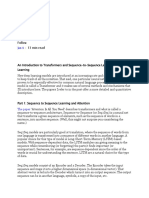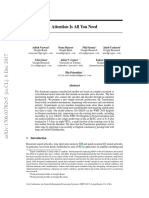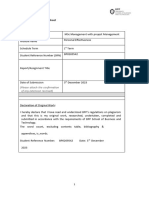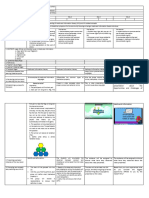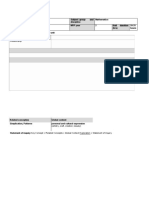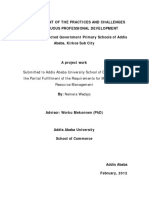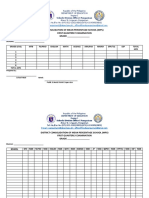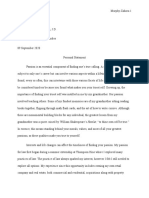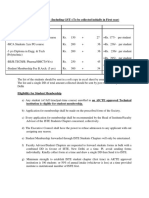0% found this document useful (0 votes)
38 views6 pagesEncoder Decoder Transformers Notes
The document discusses the Encoder-Decoder architecture used in sequence-to-sequence tasks, highlighting its components and limitations. It contrasts this with Transformers, which utilize attention mechanisms for improved efficiency and performance in modeling sequences. Key differences between the two architectures are outlined, emphasizing the advantages of Transformers in handling long-range dependencies and parallel processing.
Uploaded by
khushirajpurohit617Copyright
© © All Rights Reserved
We take content rights seriously. If you suspect this is your content, claim it here.
Available Formats
Download as PDF, TXT or read online on Scribd
0% found this document useful (0 votes)
38 views6 pagesEncoder Decoder Transformers Notes
The document discusses the Encoder-Decoder architecture used in sequence-to-sequence tasks, highlighting its components and limitations. It contrasts this with Transformers, which utilize attention mechanisms for improved efficiency and performance in modeling sequences. Key differences between the two architectures are outlined, emphasizing the advantages of Transformers in handling long-range dependencies and parallel processing.
Uploaded by
khushirajpurohit617Copyright
© © All Rights Reserved
We take content rights seriously. If you suspect this is your content, claim it here.
Available Formats
Download as PDF, TXT or read online on Scribd
/ 6




































